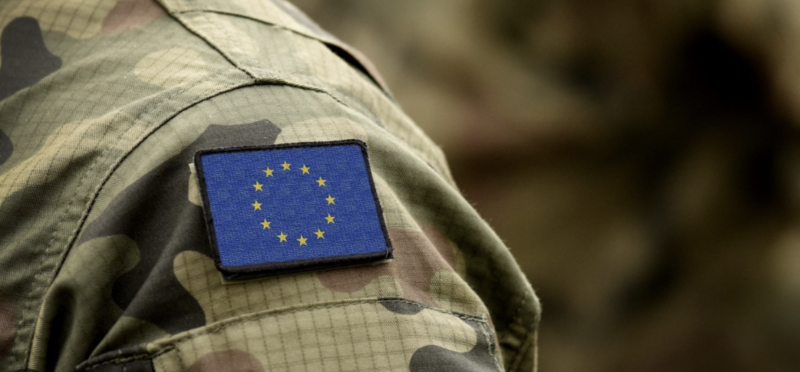European NATO members are working on a strategy to ease their dependence on Washington for defense, aiming for a transition over the next five to ten years, the Financial Times reports. The UK, France, Germany, and Nordic countries are leading talks on shifting the financial and military burden away from the US, with plans to present the proposal before NATO’s June summit in The Hague.
This effort stems from concerns that President Donald Trump might pull back on NATO commitments—or even withdraw entirely. While officials frame the plan as a gradual, controlled transition, some admit the timeline is wildly ambitious. One European diplomat put it bluntly: “Spending more is our only real move. We need to show we can carry our weight.”
The proposal could see EU members ramp up defense budgets and military capabilities, possibly persuading Trump to support a phased transition so the US can shift focus to Asia. However, not all European nations are on board—some fear the talks might accelerate a US withdrawal rather than prevent it. Others doubt Trump would agree to any structured transfer, given his administration’s unpredictability.
Trump has already demanded NATO members boost defense spending to 5% of GDP, more than double the current 2% target. Meanwhile, EU Commission President Ursula von der Leyen is pushing for a European “defense union”, backing the ReArm Europe plan to inject €800 billion ($875 billion) into military expansion through debt and tax incentives.
Moscow isn’t thrilled. Kremlin spokesman Dmitry Peskov slammed the move as a direct challenge to Russia, warning it undermines peace efforts in Ukraine. With NATO at a crossroads, Europe’s next steps could reshape the alliance’s future—with or without Washington’s blessing.




